Year of birth
Born Lee Jun-fan on November 27 at the hour of the dragon and the year of the dragon in San Francisco
Republished on July 20, 2023
a previous version of this graphic
was published on July 20, 2018

SCMP
GRAPHICS
TEAM
Martial arts superstar Bruce Lee helped usher in a golden age of Hong
Kong cinema and pave the way for future Asian movie action heroes. Lee
took centuries-old martial arts systems and reinvented them with his own
improvements, creating what is known as jeet kune do. He wanted its
practitioners to continually adapt their fighting style – an idea summed
up in his ‘be water’ philosophy. Lee was born in San Francisco on
November 27, 1940, but made his name in Hong Kong, which provided the
backdrop to Kung Fu classics such as Game of Death and Enter the Dragon.
Lee died under mysterious circumstances in Hong Kong in 1973 aged 32,
but his legend lives on.
CORE STRENGTH AND FITNESS
Lee recognised that strength and conditioning training was crucial to
becoming the ultimate fighter. He employed training methods from
boxing, such as skipping and road running, to improve his endurance.
He used lighter weights and higher repetitions to maintain a lean and
ripped look, instead of getting big like a bodybuilder.
Able to jump 8 feet from a standstill
Could do push-ups with his thumbs
Once broke a punching bag with a side kick
Landed a punch in around 0.05 seconds from a metre away
Once hit a 136kg bag so hard it thumped the ceiling
Could break wooden boards that were 15cm thick
Played ping pong using nunchucks
Caught rice grains mid-air using chopsticks
Lee forever changed martial arts with his hybrid jeet kune do, which translates as “the way of the intercepting fist”. Practitioners incorporate their own fighting styles with traditional techniques, a sort of “style with no style”.
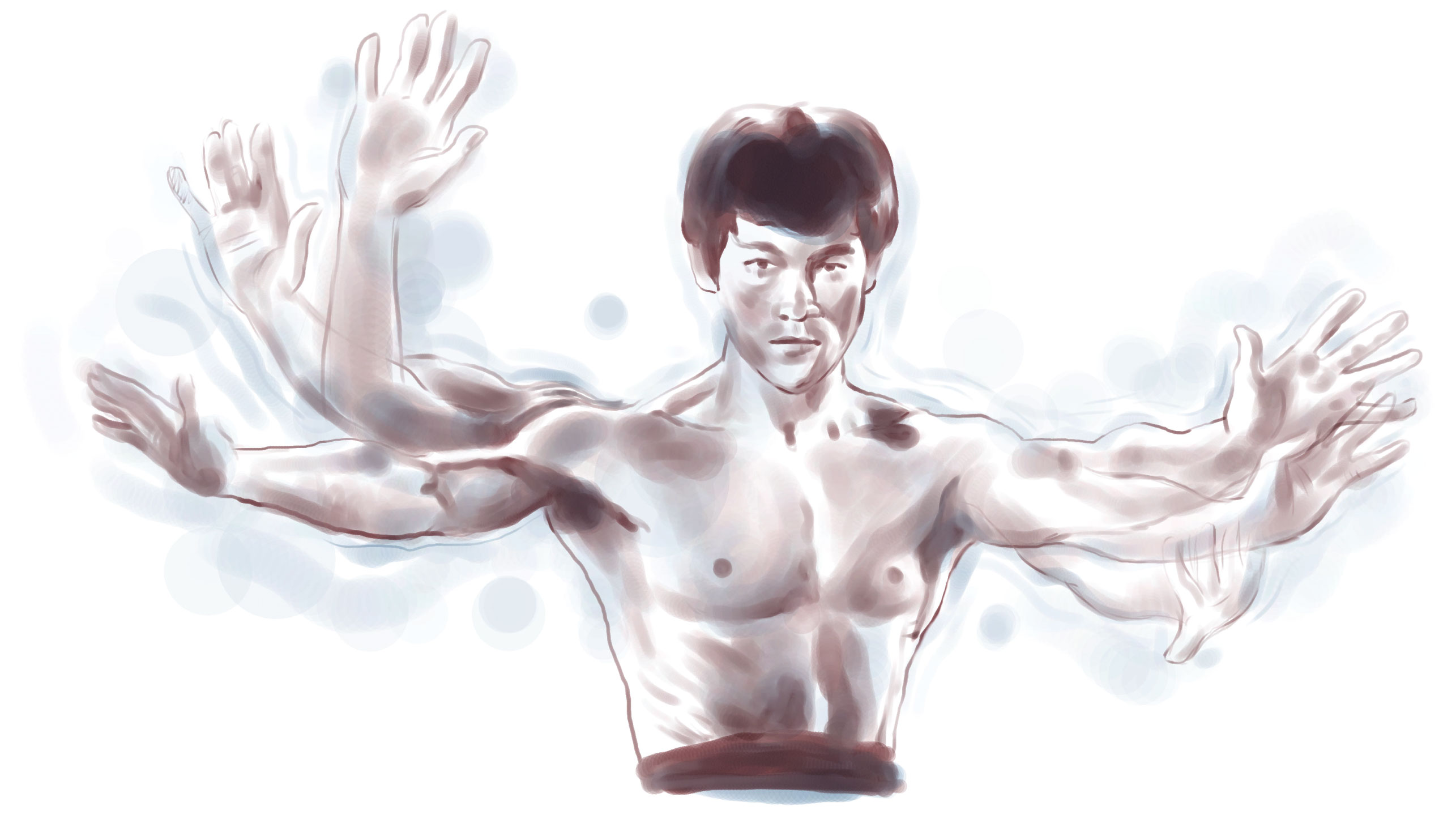
Lee took inspiration from wing chun’s theory of the centreline. In a fight, you must protect it by creating momentum; if your centreline is exploited, you will lose
JEET KUNE DO
Principal combinations and influences Lee incorporated into jeet kune
do
Lee took note of its powerful self-defence system, which put emphasis on arm and hand techniques that involved twisting the upper torso
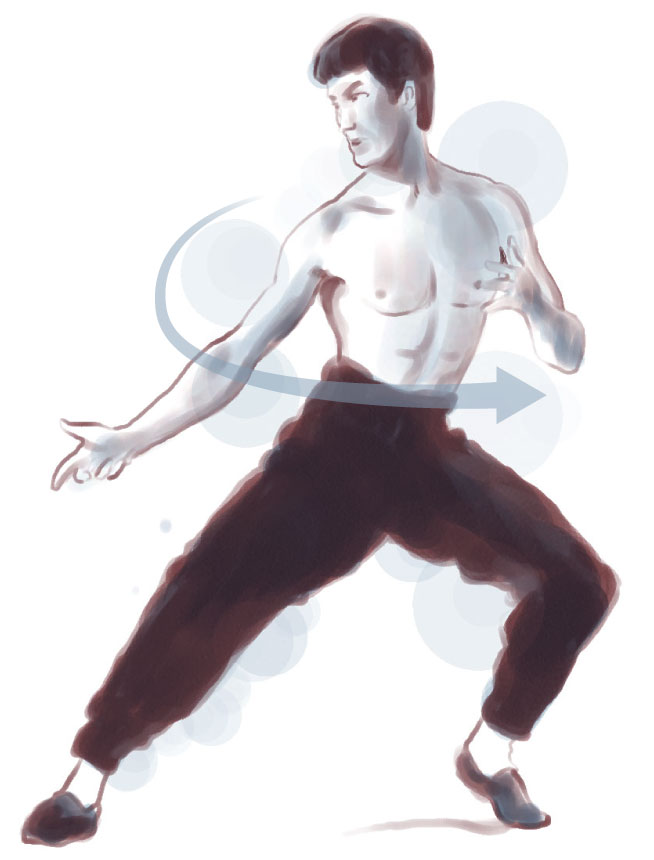
On-guard positions were inspired by fencing
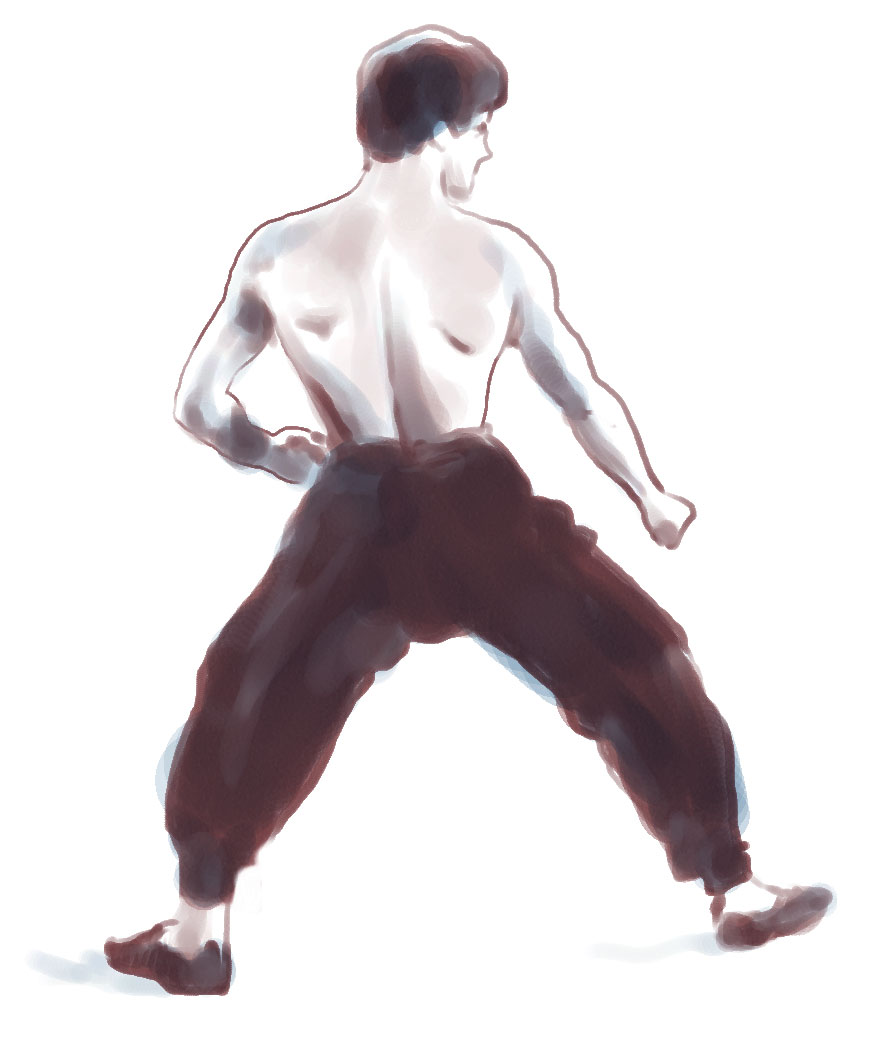
Stances were inspired by boxing
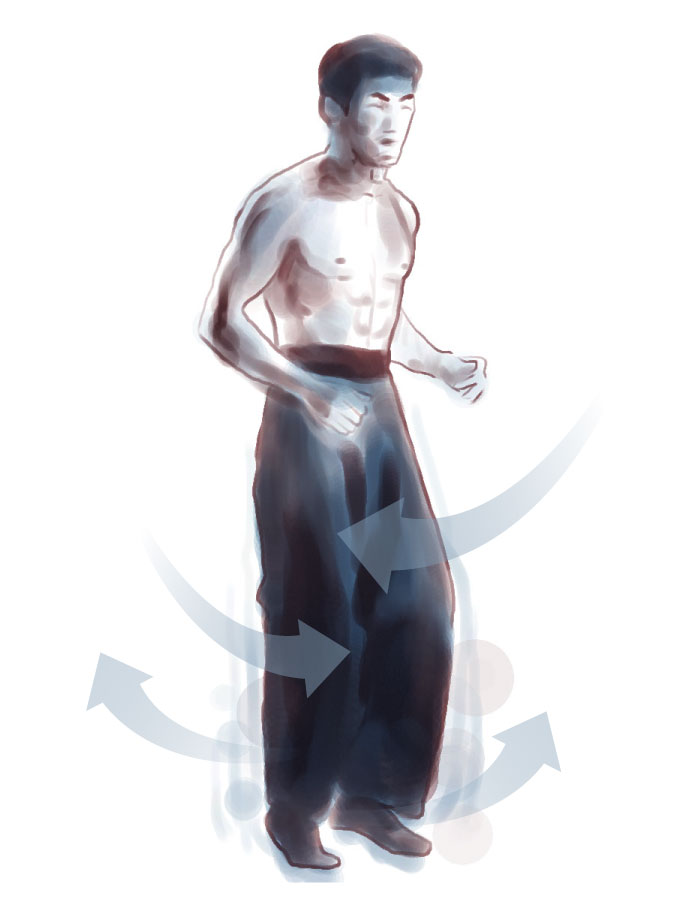
Used his strength to throw opponents
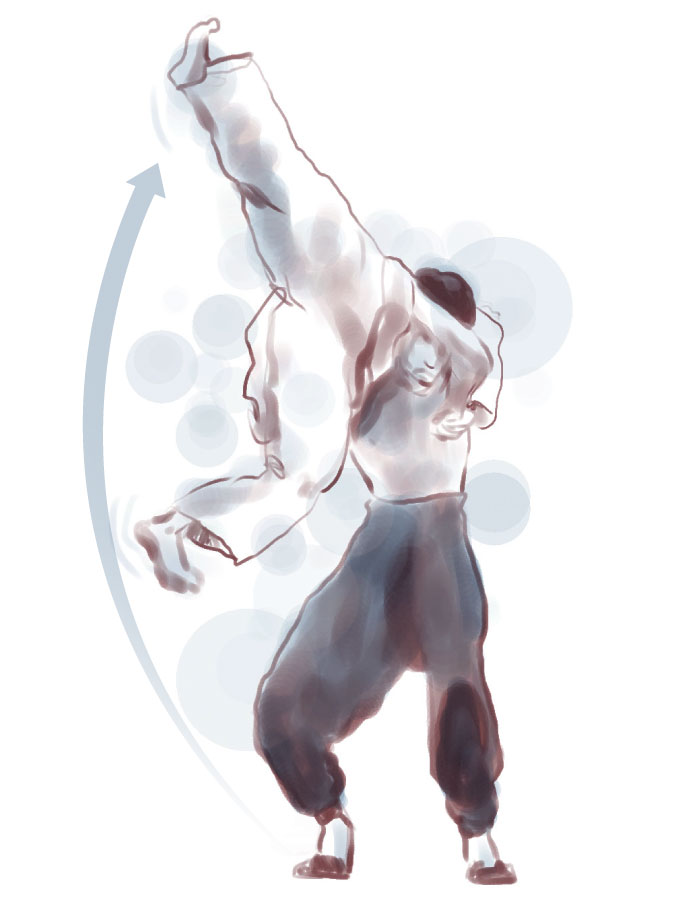
Believed there should be a balance between defence and offence
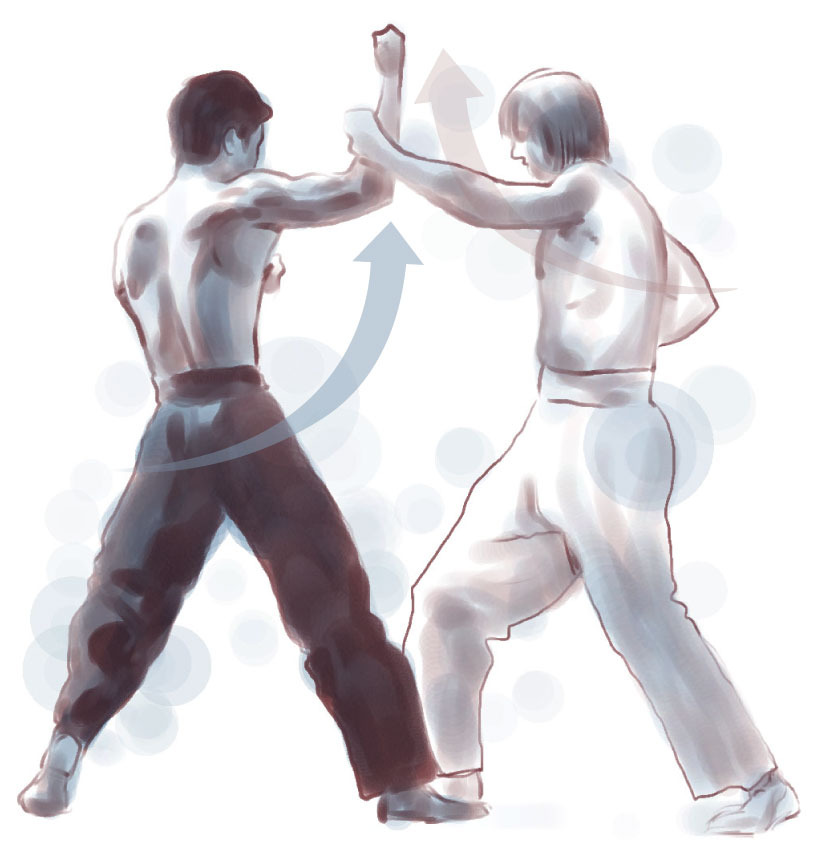
Could kick his opponent multiple times in less than 2 seconds
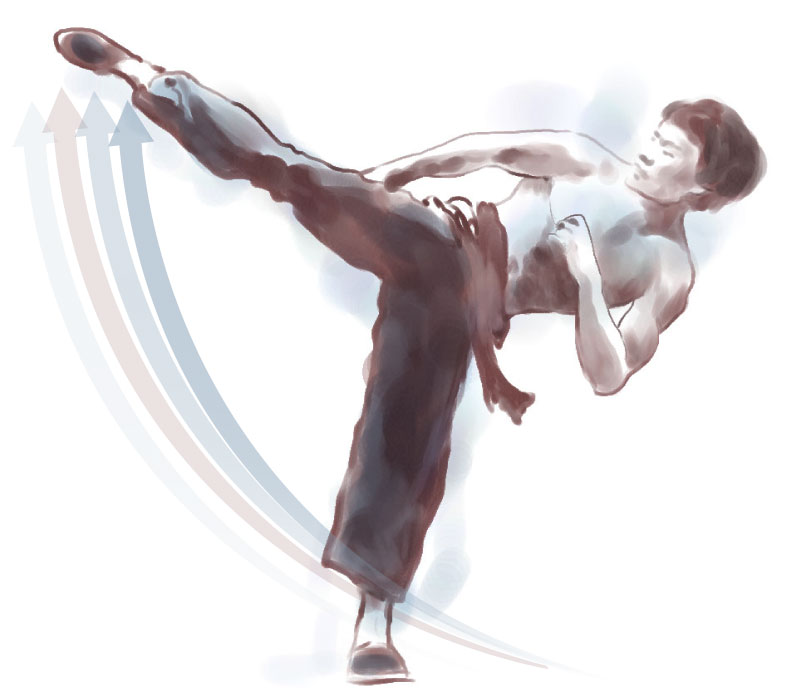
He practised Filipino stick fighting
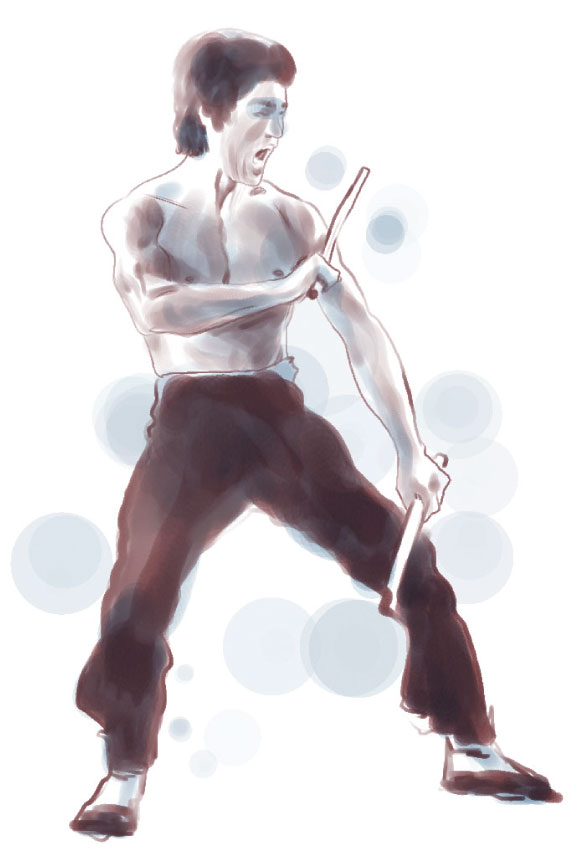
Believed philosophy helped the mental training needed for seeking harmony in a fight
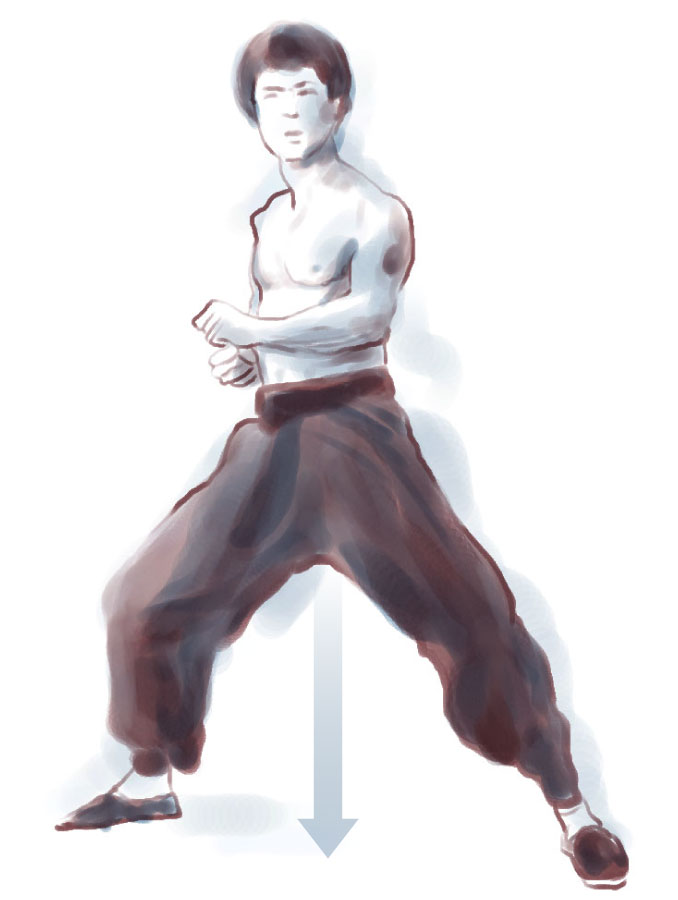
The one-inch punch
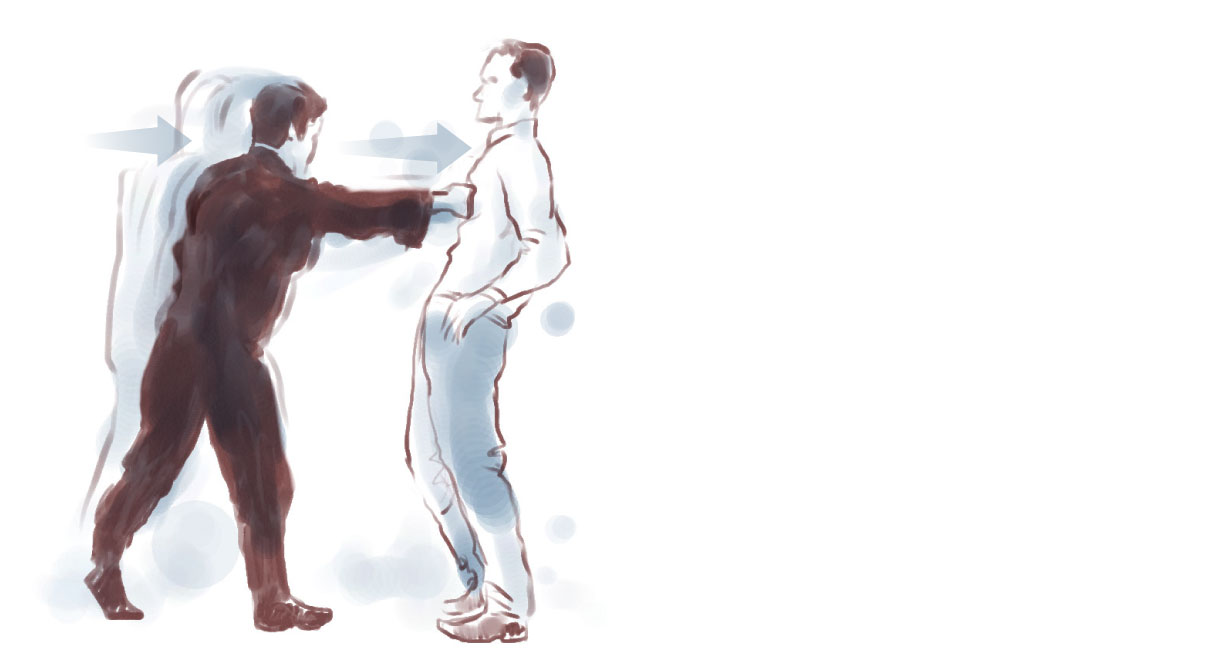
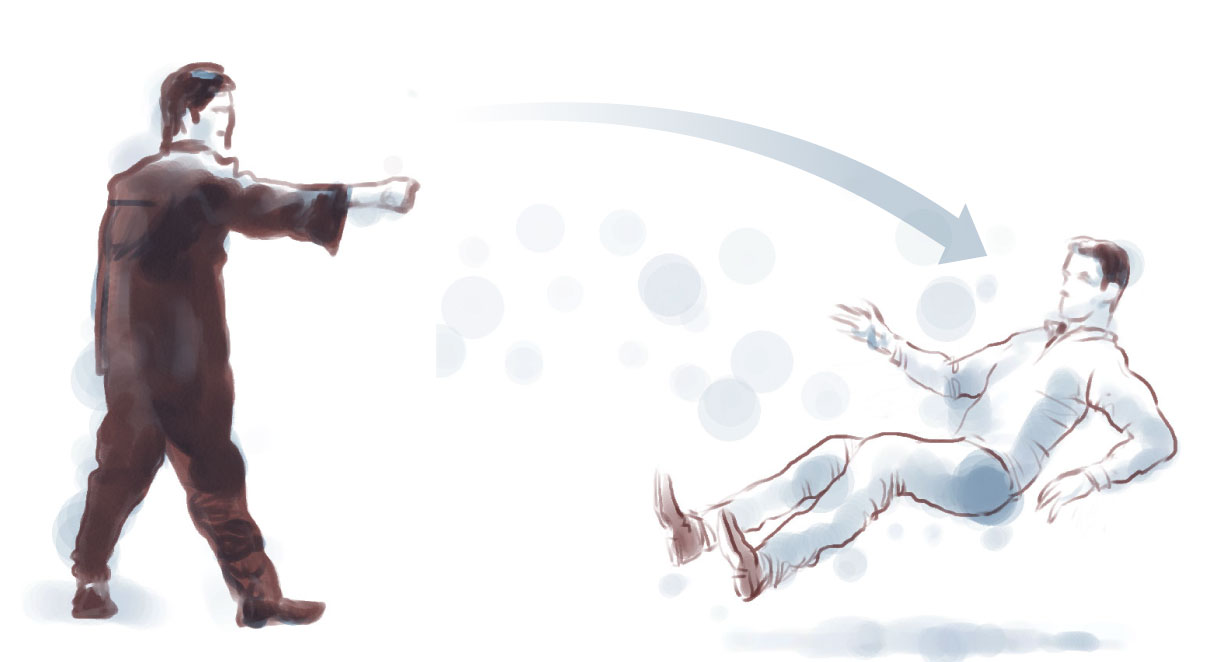

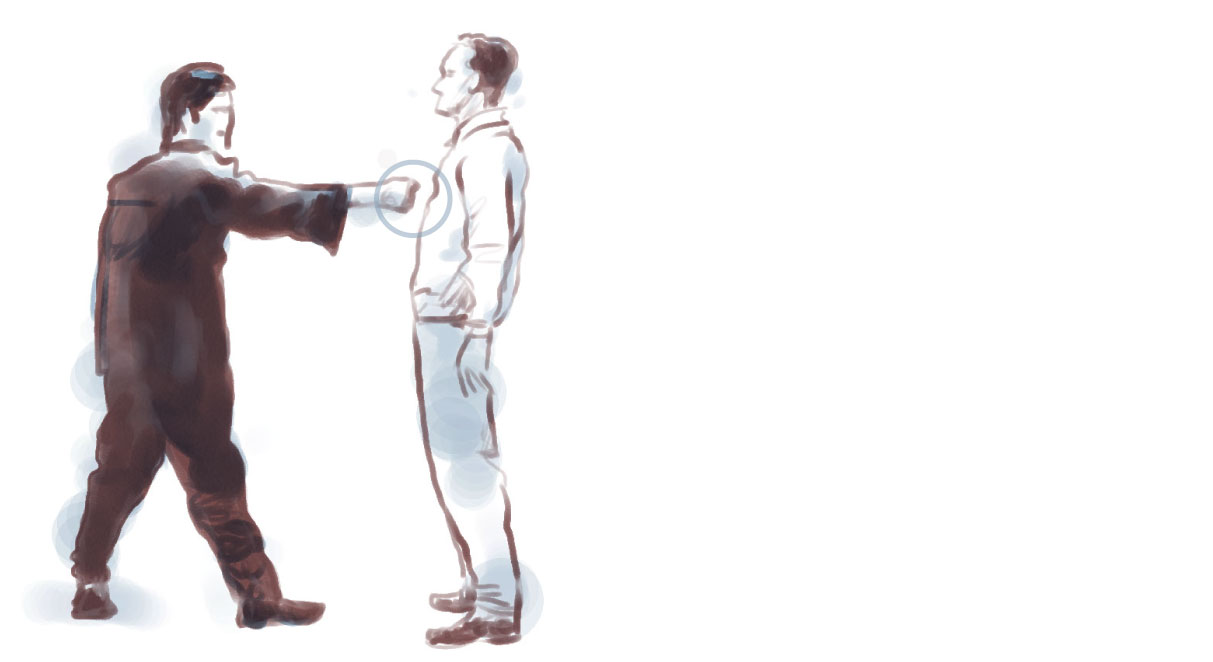
The frog leap

The high jump kick
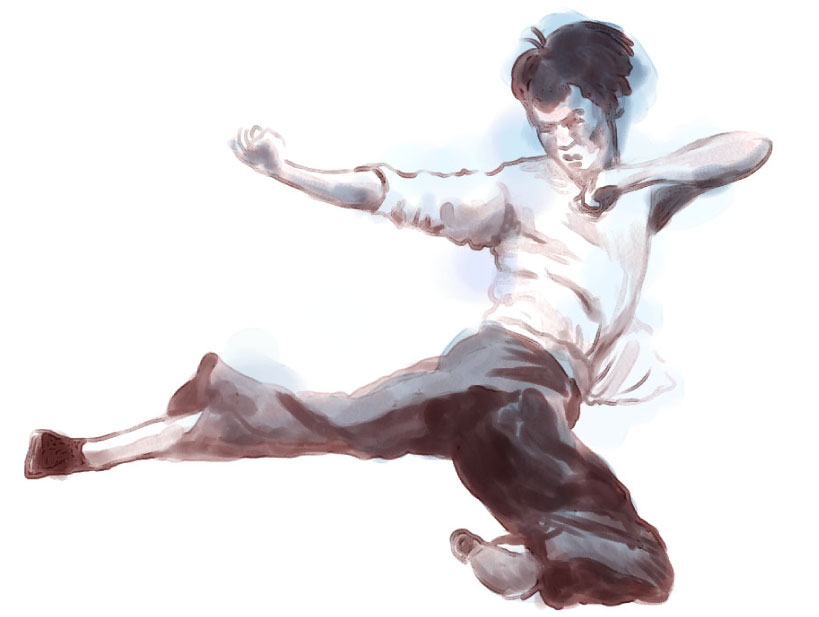
Always fashionable on-stage and off, Bruce embraced the style of his time

1958, Cha cha cha champion in Hong Kong
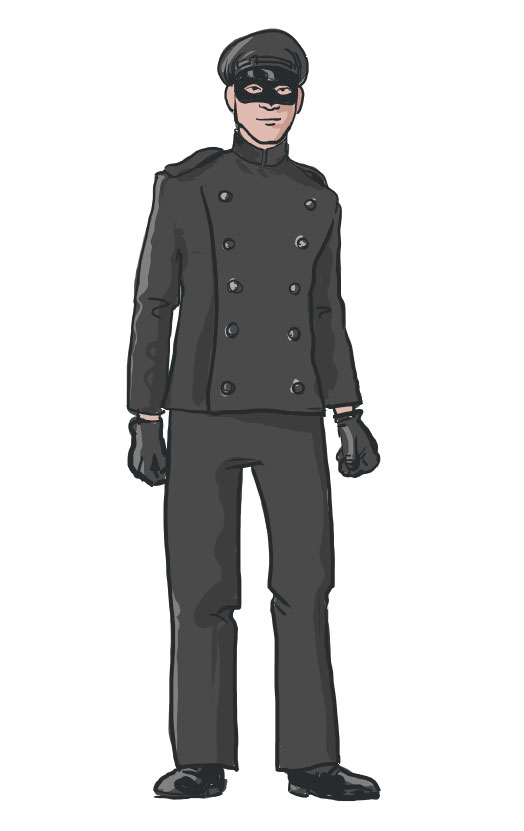
1966, Green Hornet series, Bruce Lee as Kato
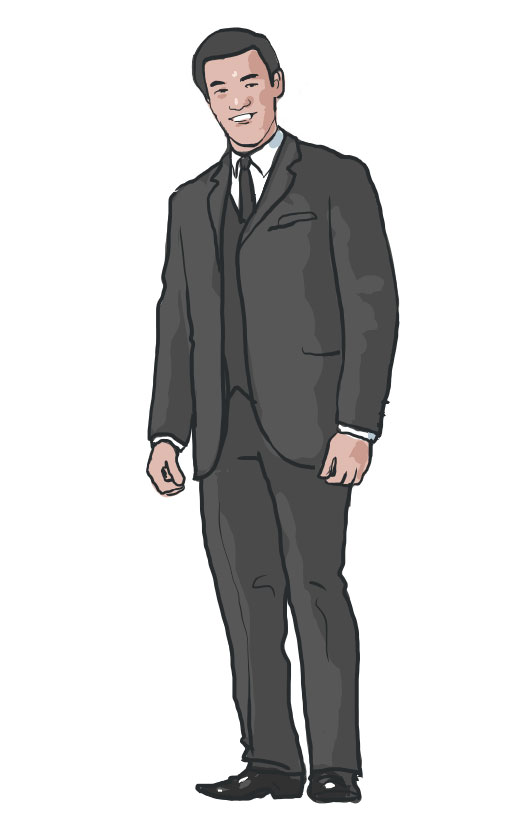
1967
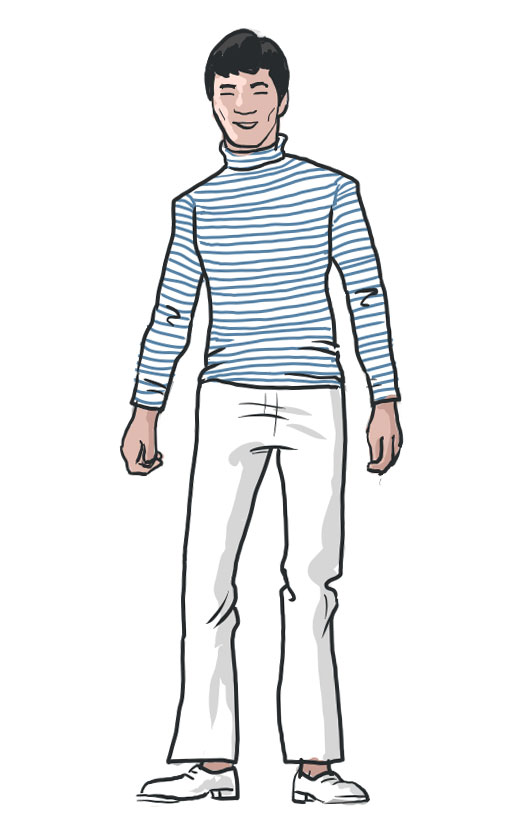
1969

1970’s
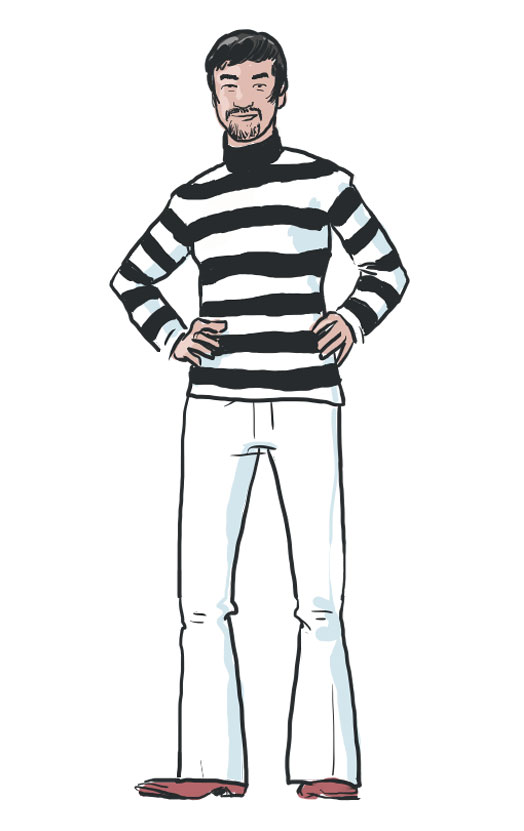
1970’s
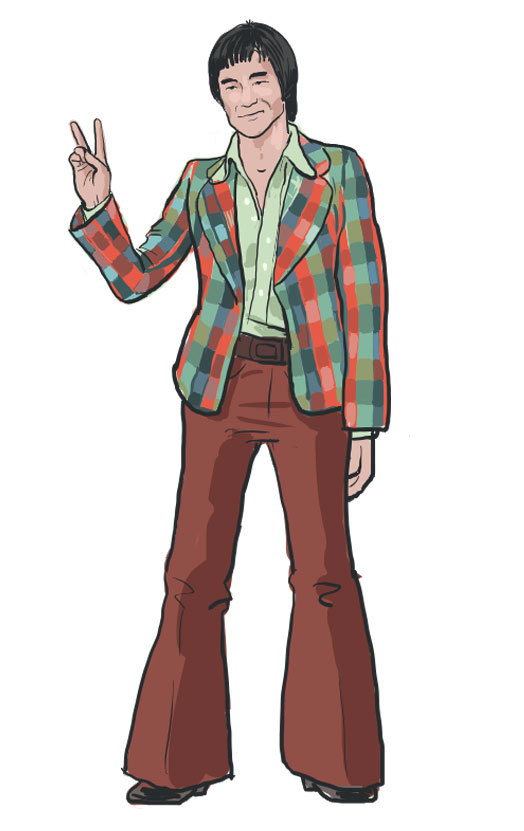
1970’s, Hong Kong TV interview
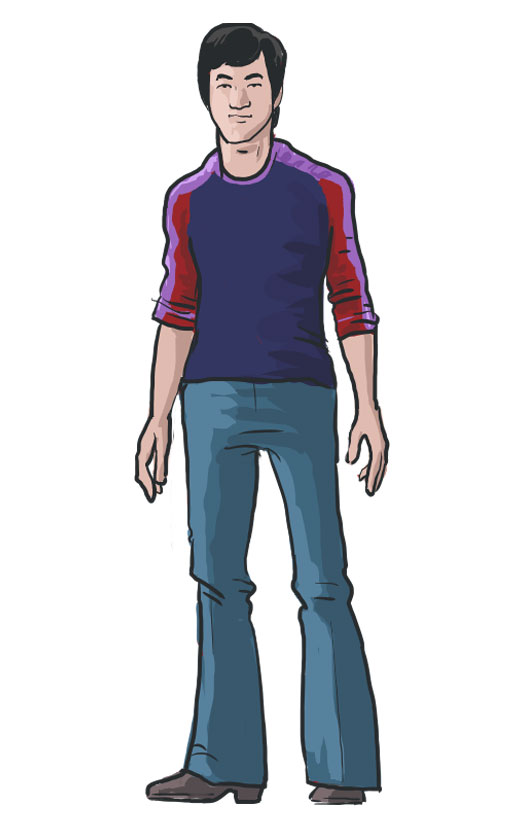
1971, Big Boss
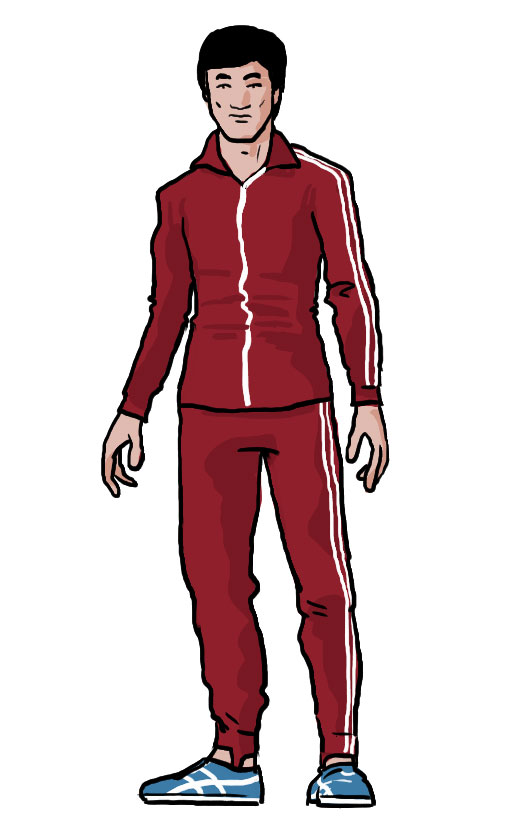
1971
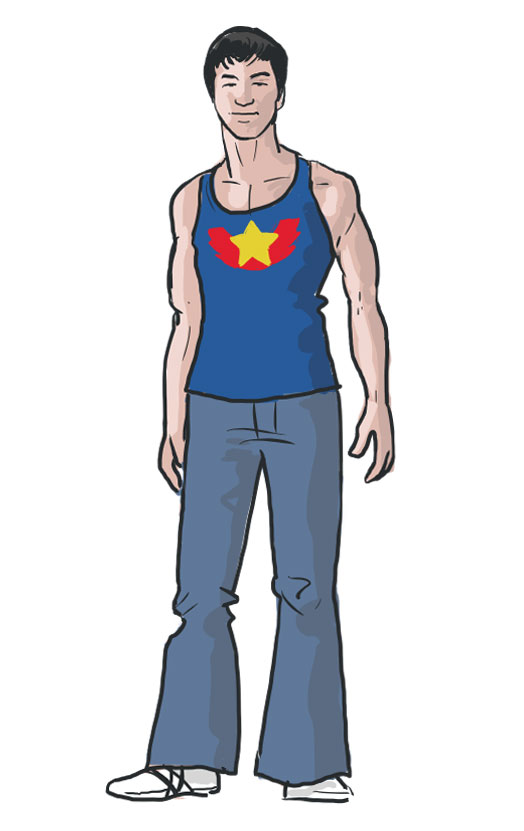
1972, Hong Kong TV appearance
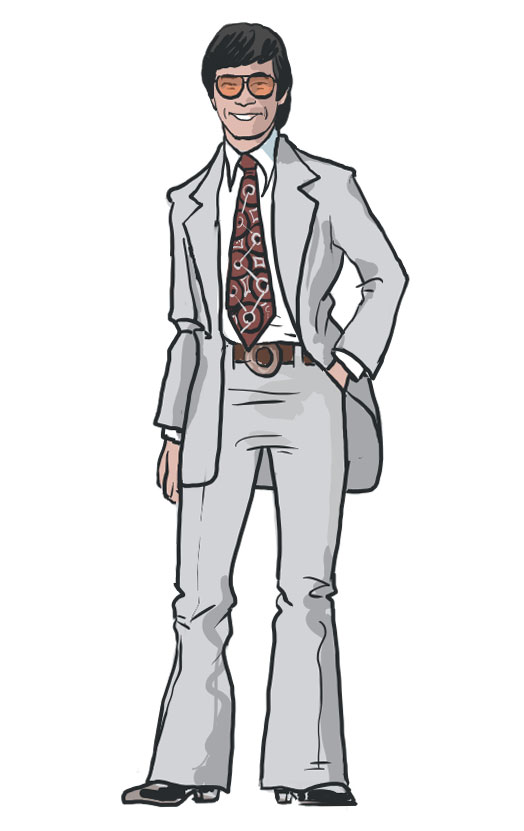
1972, On board the Princess Coral cruise liner in Hong Kong
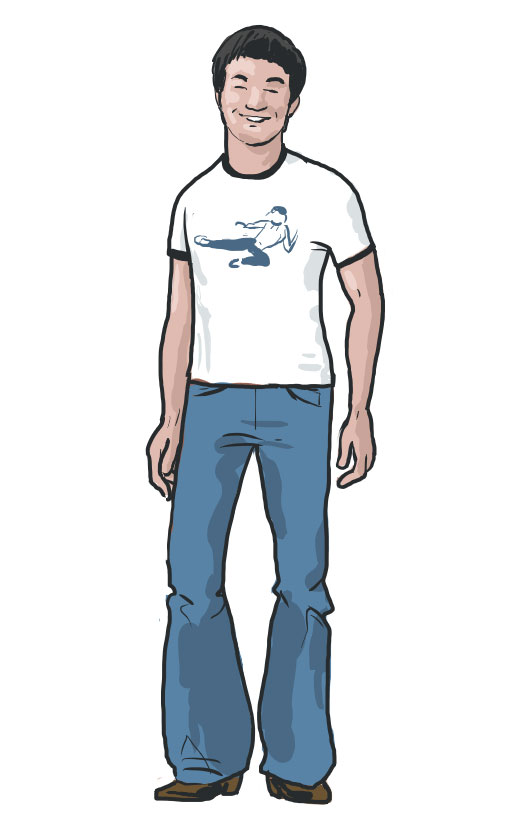
1972
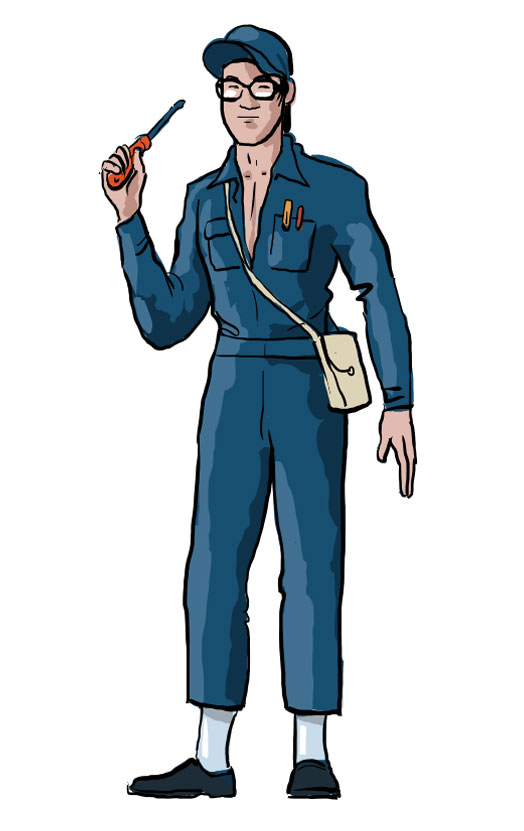
1972, Fist of Fury
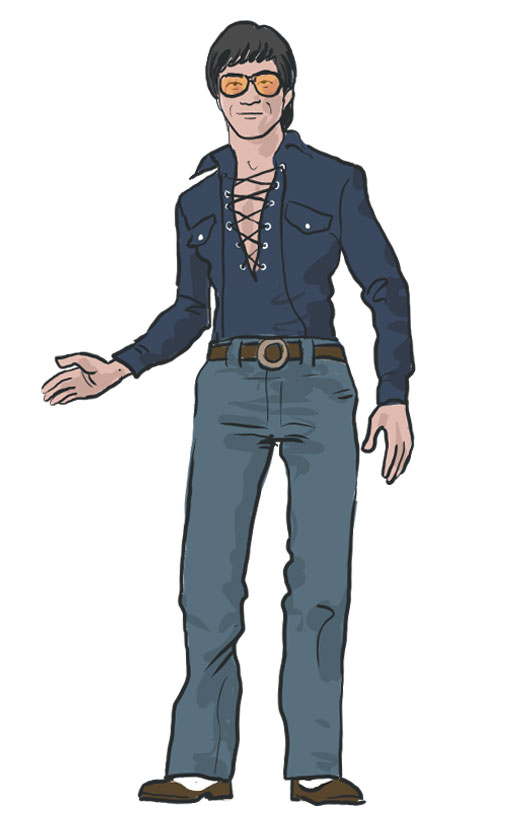
1972
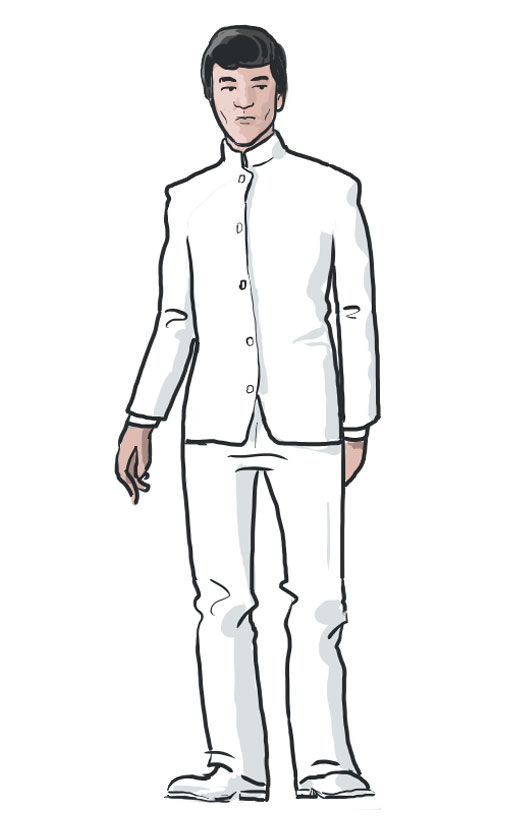
1972, Fist of Fury

1973, Enter the Dragon
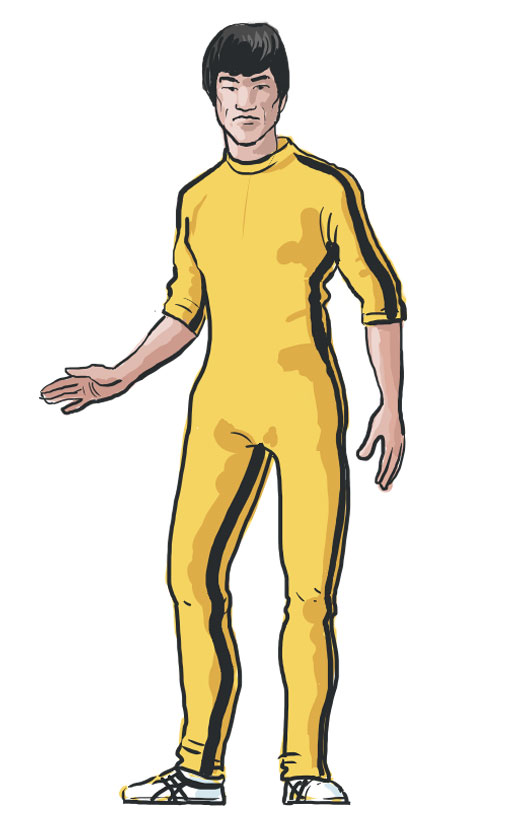
1973, Game of the Death
Here are some other digital native projects you might want to visit
Or just visit our graphics home page
This site has some features that may not be compatlibe with your browser. Should you wish to view content, switch browsers to either Google Chrome or Mozilla Firefox to get an awesome experience